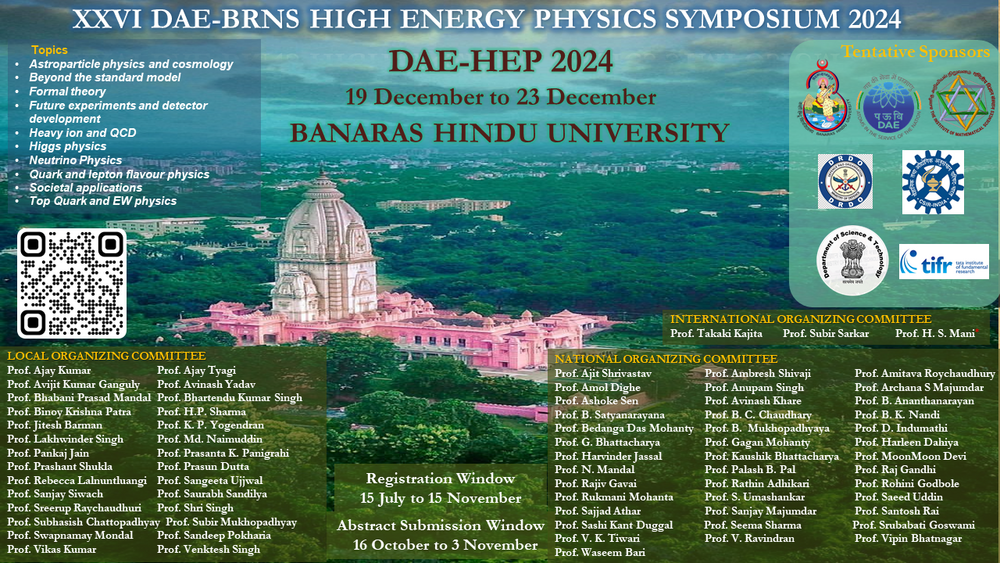Speaker
Description
Centrality dependence of forward-backward ({\footnotesize FB}) multiplicity correlations in Pb-Pb collisions at LHC energies, $ \sqrt s_{NN} = 2.76 $ and $5.02$ TeV are studied with the HYDJET++ Model and the finding are compared with the those reported for the ALICE data. Sensitivity of correlation strength on the centrality bin width and method of centrality selection are also looked into. It is observed that the effect of impact parameter fluctuations should be dealt properly in order to make some meaningful conclusions. The findings reveal that the centrality selection using reference multiplicity or the V0M detector criteria of ALICE would be a better choice rather than that estimated using the impact parameter cuts.
Assuming that the distribution of events on the $n_{B}- n_{F}$ plane of different centrality bins within $0-60 \%$ are two-dimensional (2D) Gaussian, the values of the half-widths $\sigma_{a}$ and $\sigma_{b}$ and hence eccentricity $e(= 1 - \frac{{\sigma_{b}}^2}{{\sigma_{a}}^2})$ is estimated; $ n_{B} $ and $ n_{F} $ being the multiplicities of charged hadrons in F and B regions. It is observed that the data points of e vs $b_{corr}$ plots for centrality classes of different width at the two energies tend to form a smooth curve, which is nicely reproduced by the theoretical curve $b_{corr} = \frac{1}{\frac{2}{e^2}-1} $. This includes the presence of positive correlations between b and e. It is also observed that the wider centrality bin is equivalent to larger $\sigma_{a}$ which would give higher e and $b_{corr}$.
The findings reveal too that the FB correlations due to hard jet components are stronger than the ones arising from the soft hydrodynamic components, particularly in central collisions. However, for a correct dependence of correlation strength on the collision centrality, contributions from both the components should be taken into account simultaneously.
| Field of contribution | Phenomenology |
|---|

